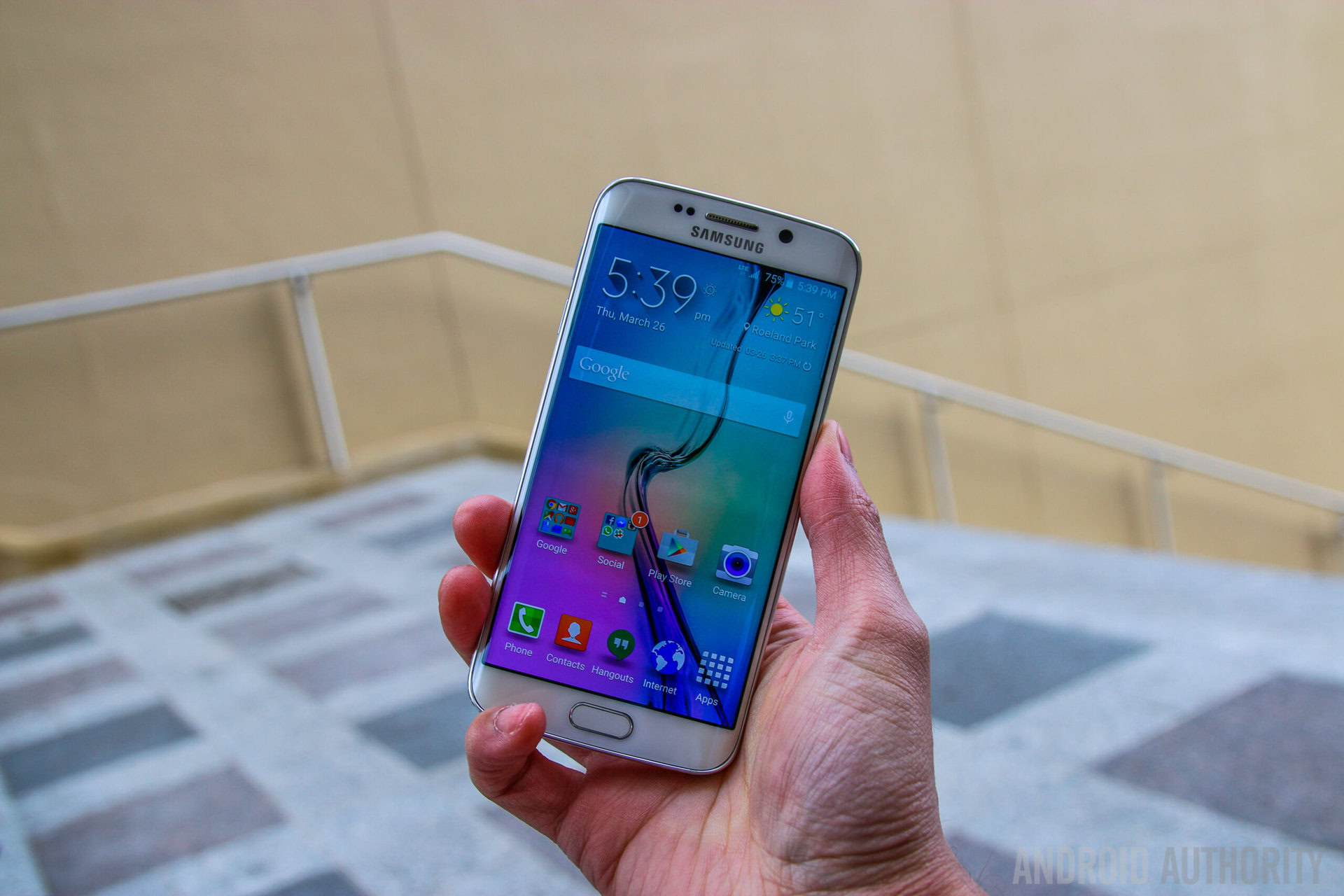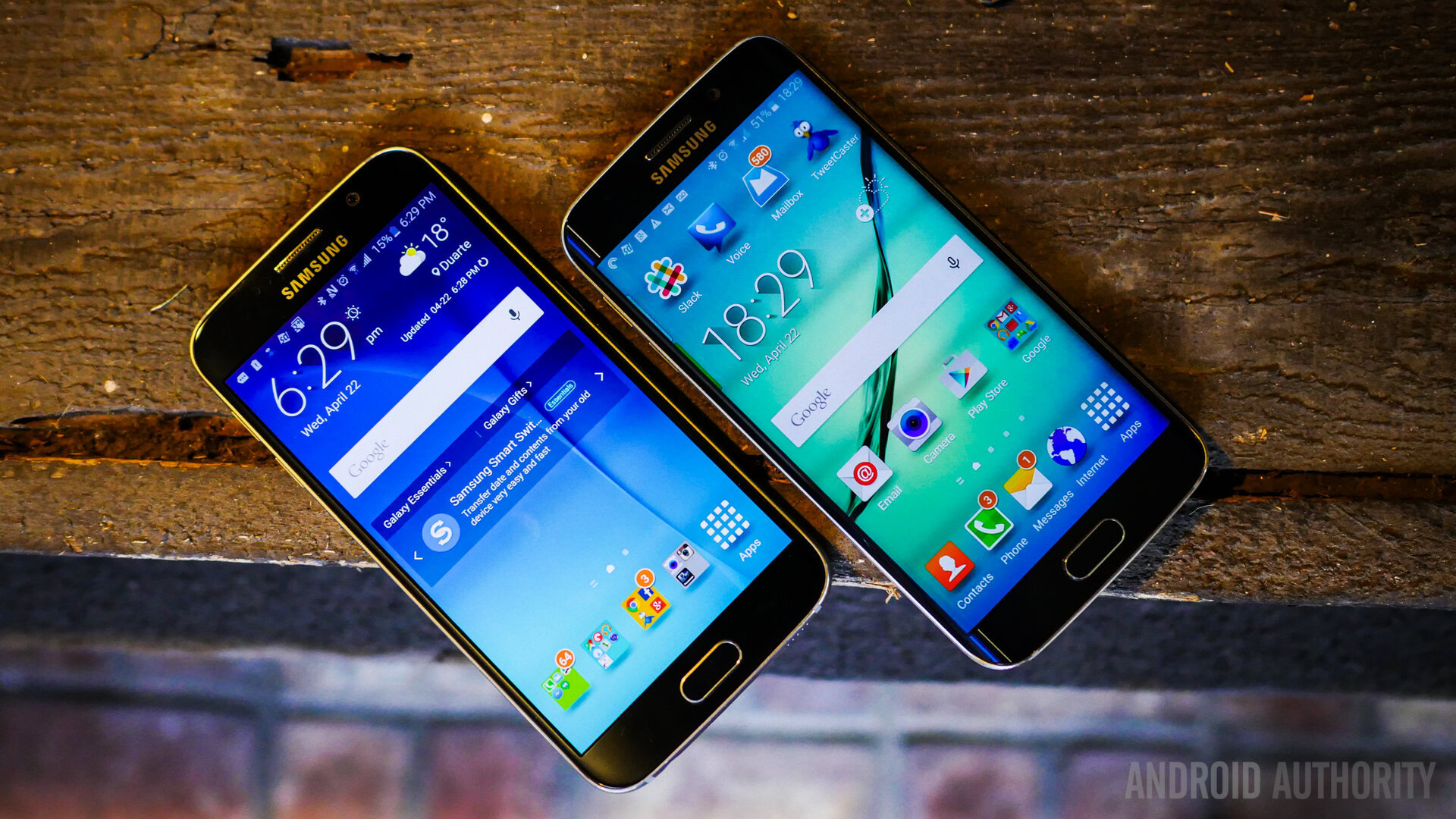Affiliate links on Android Authority may earn us a commission. Learn more.
Samsung explains what makes the S6 Edge's screen better than LCD

While opinions on the Galaxy S6 Edge’s design, battery life, or software features vary, almost everyone agrees that the S6 Edge and the regular S6 feature some of the best (if not the best) screens in the industry.
Now Samsung Display put out a press release that gives us a little peek at how the S6 Edge display is made and what makes it so good.
It all starts with the substrate: the S6 Edge is Samsung’s third curved screen phone, after the Galaxy Round and the Note Edge, and features the same polyimide substrate as its predecessors. Polyimide is a type of plastic that offers several benefits compared to the glass substrates typically used on LCD and non-curved OLED displays. Obviously, polyimide can flex, but it’s also highly resistant to shocks and can be processed into sheets that are half as thick as similar glass sheets. That leaves more room for other components and enables thinner designs.

While the 2013 Galaxy Round had a pixel density of 386 ppi, Samsung Display upped its game for the S6 Edge to a much more impressive 577 ppi, by depositing 3.6 million organic subpixels on the phone’s 5.1-inch display.
Samsung boasts about the rich color gamut of the S6 and S6 Edge, which means the phones can show more colors than a regular LCD screen: almost 100% of the Adobe RGB gamut, compared to 70%. (However, we should note that quantum dot LCD panels can display more colors than standard LCD, as seen on Sony’s latest phones or on Amazon’s Kindle tablets.)
[related_videos align=”center” type=”custom” videos=”601595,597711,599201,593338″]
The Galaxy S6 Edge display, Samsung claims, is much faster than LCDs, with response speeds of 0.01 milliseconds, compared to 8 milliseconds. But – and this is a big “but” – taking advantage of that speed requires other components to be just as fast, as Samsung admits when it specifies “once new application processors are introduced.”
Finally, like any AMOLED screen, the Galaxy S6 and S6 Edge display can save power by lighting up just some of their pixels, as opposed to LCD, where the entire backlight module has to switch on even for a small number of pixels. Samsung claims that using this capability to light up just the curved sides on the S6 Edge reduces power consumption by 20 percent in its current form, though there’s potential for more.